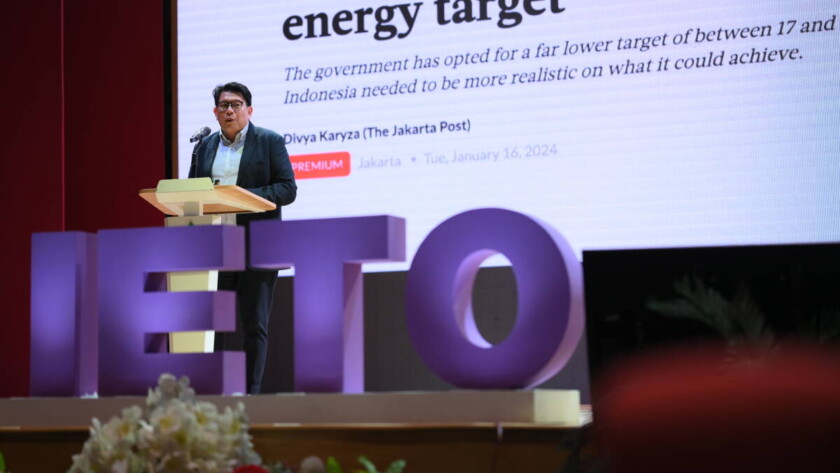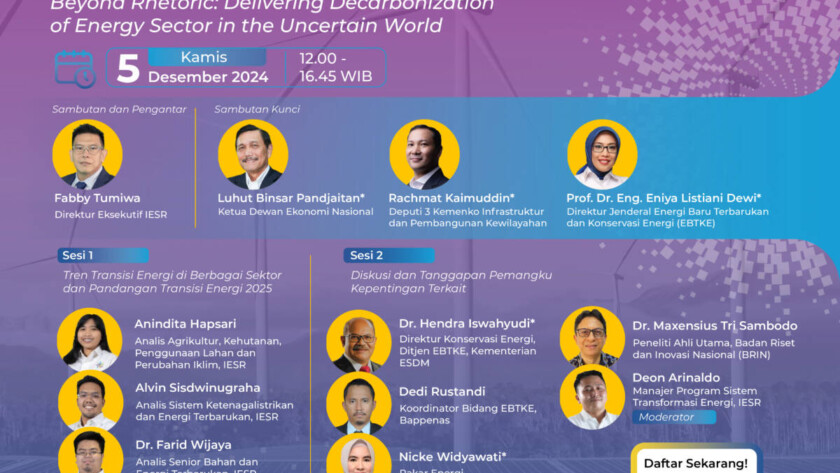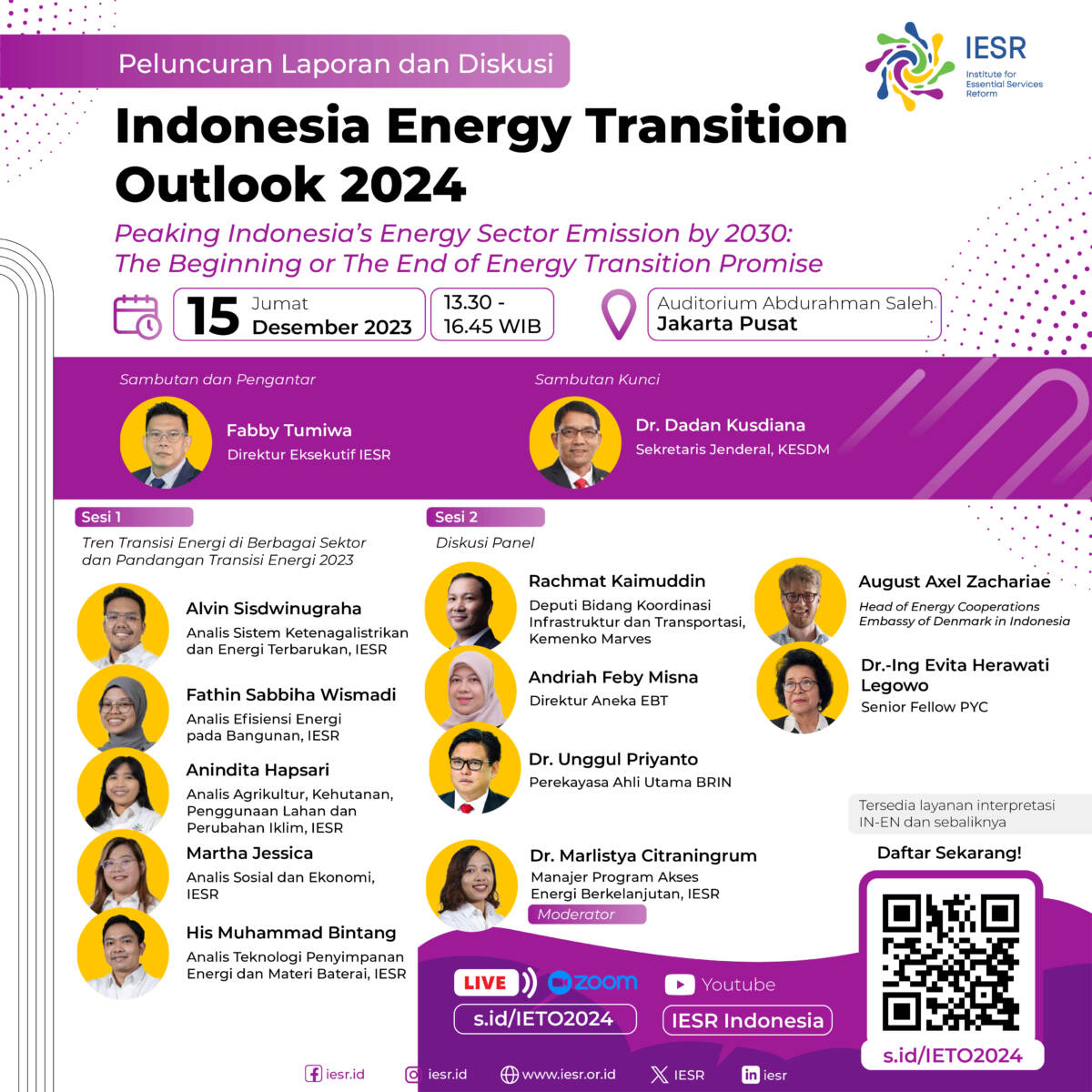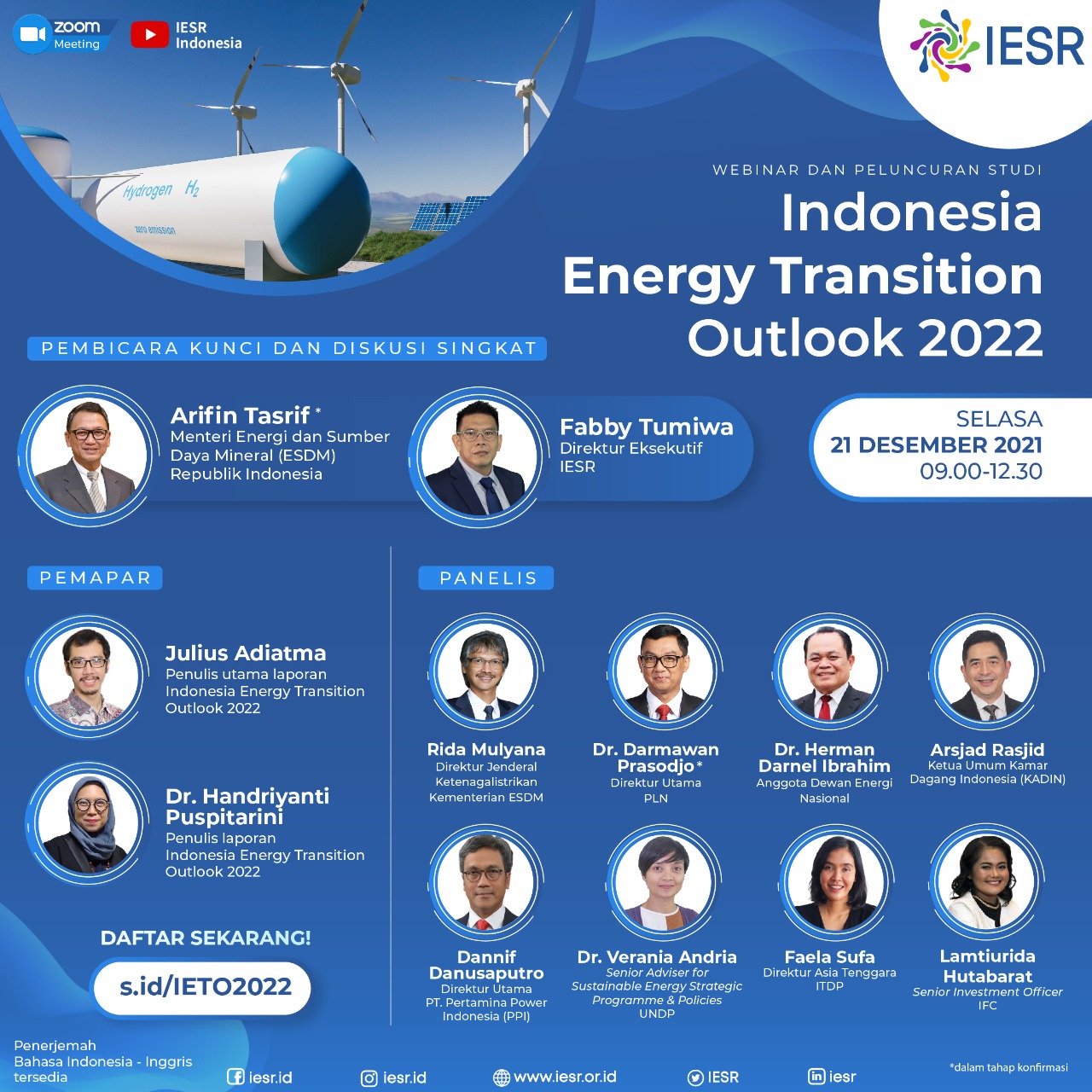Jakarta, January 22, 2025 - The administration of President Prabowo Subianto and Vice President Gibran Rakabuming Raka will complete 100 days on January 28, 2025. The Institute for Essential Services Reform (IESR) believes that while the government has expressed enthusiasm for achieving energy independence and aiming for zero emissions before 2060, this commitment has not…






